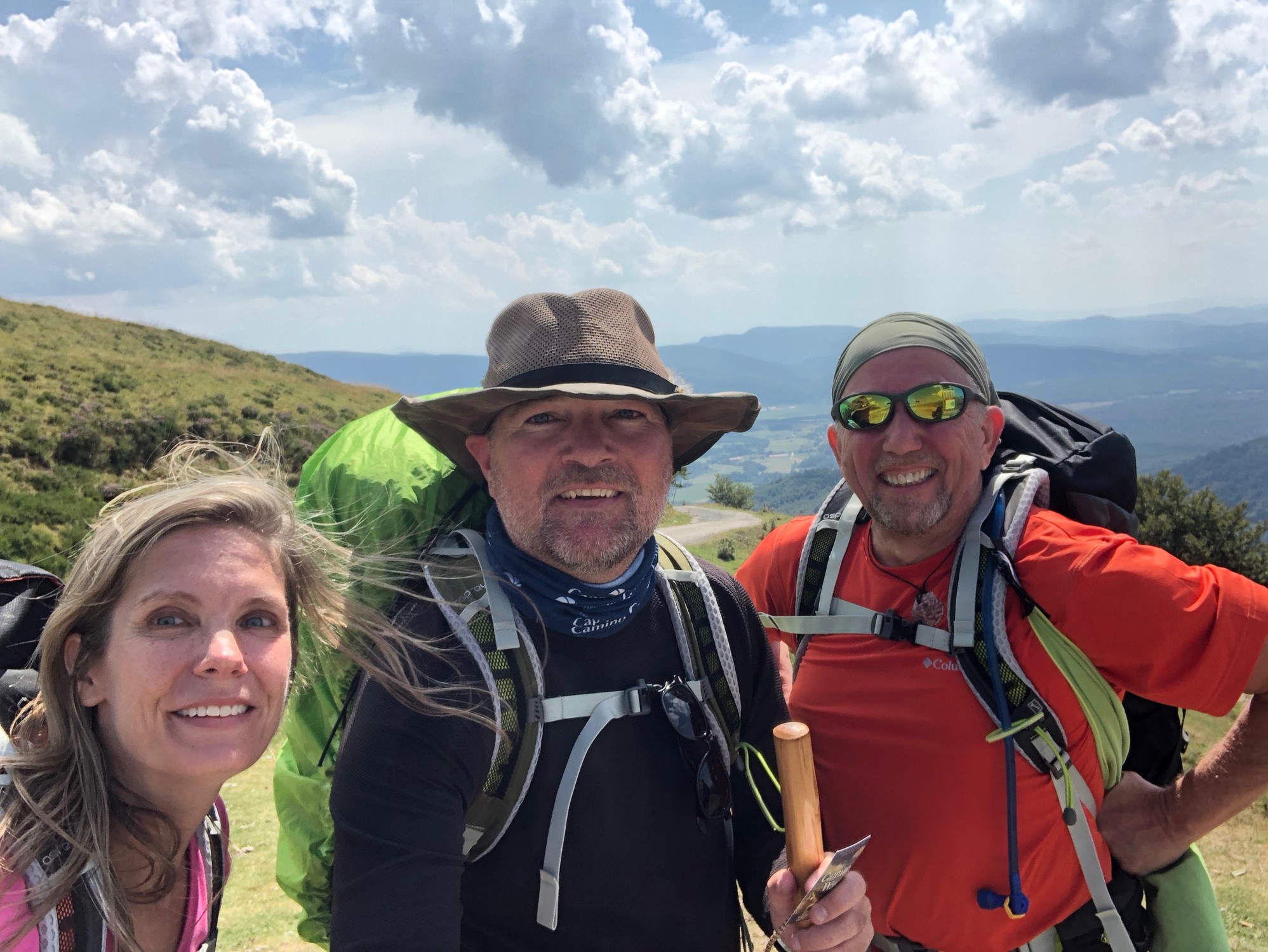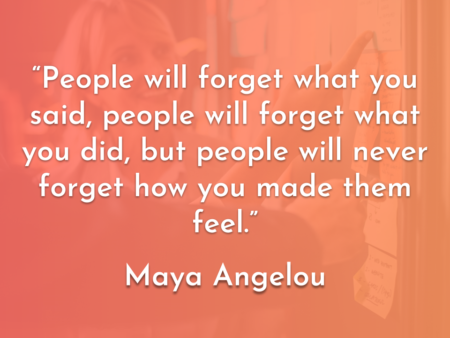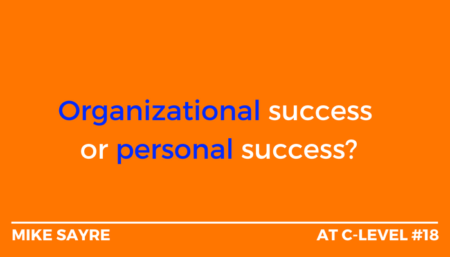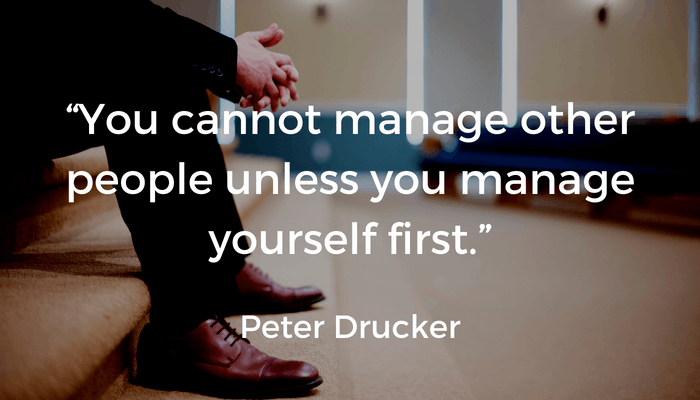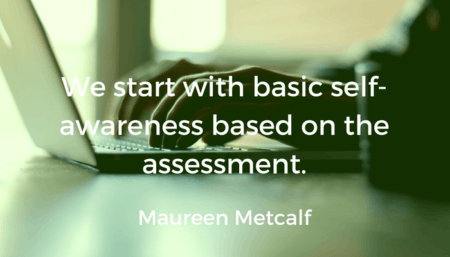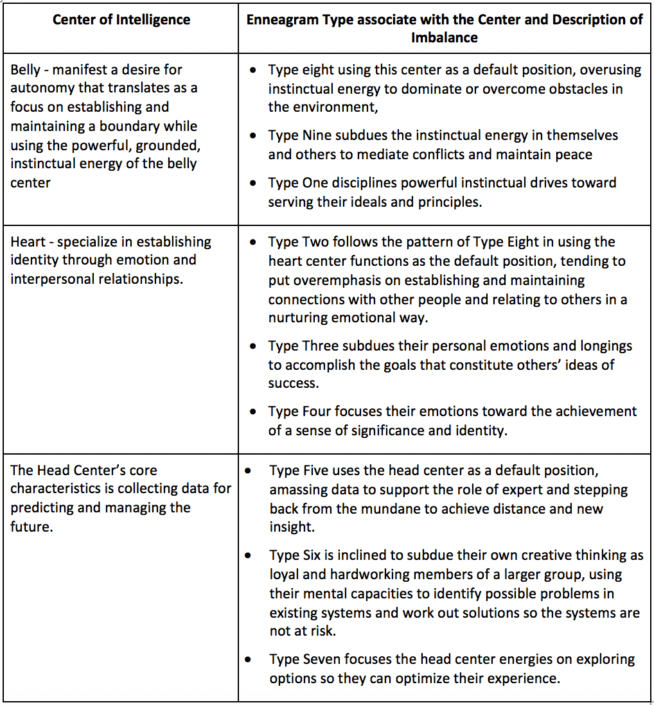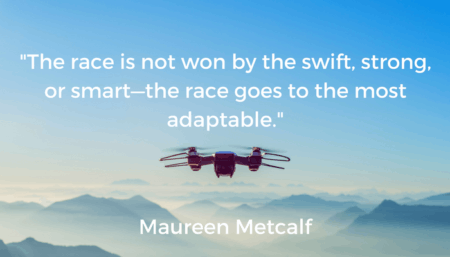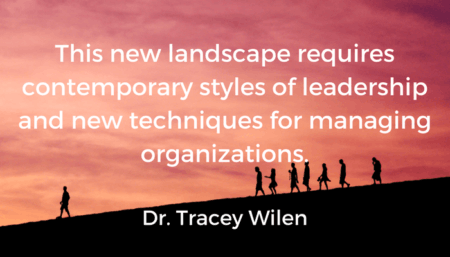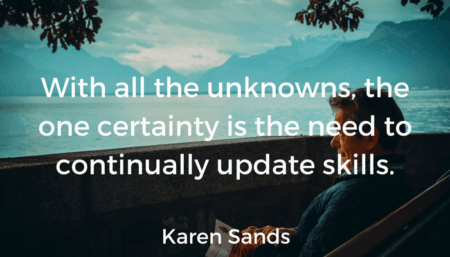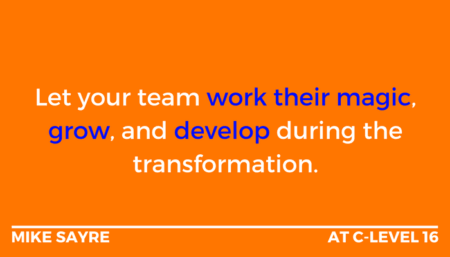3 Leadership Lessons from Hiking the Camino Trail Across Spain
This post is a guest post by Victor Prince. The best way to become a better leader is to better...
Read Moreby VoiceAmerica | Oct 19, 2018 | Business | 0 |
This post is a guest post by Victor Prince. The best way to become a better leader is to better...
Read Moreby VoiceAmerica | Aug 9, 2018 | Business | 0 |
This is a guest post by Patt Hardie, Leadership and Talent Management Expert. It is the companion...
Read Moreby VoiceAmerica | Jul 19, 2018 | Business | 0 |
This blog is a guest post from Gary Weber, Author of Happiness Beyond Thought: Brain’s Software....
Read Moreby VoiceAmerica | May 31, 2018 | Business | 0 |
Mike Sayre is a highly experienced and successful software, e-commerce, and manufacturing services...
Read Moreby VoiceAmerica | May 21, 2018 | Business | 0 |
This guest post is an excerpt from The Mind of the Leader: How to Lead Yourself, Your People, and...
Read Moreby VoiceAmerica | May 15, 2018 | Business | 0 |
This blog is a companion to the Voice America Interview on May 18, 2018 with Belinda Gore, Board...
Read Moreby VoiceAmerica | May 15, 2018 | Business | 0 |
This blog is a companion to the Voice America Interview on May 18, 2018 with Belinda Gore, Board...
Read Moreby VoiceAmerica | May 1, 2018 | Business | 0 |
This blog a companion to the Voice America Interview on “Innovative Leaders Driving Thriving...
Read Moreby VoiceAmerica | Apr 17, 2018 | Business | 0 |
This post is the companion to a Voice America interview with Tracy Wilen, researcher and...
Read Moreby VoiceAmerica | Apr 10, 2018 | Business | 0 |
This post is the companion to a Voice America interview with Karen Sands, Leading GeroFuturistSM,...
Read Moreby VoiceAmerica | Feb 19, 2018 | Business | 0 |
At C-Level #16: Implementing Transformations and Measuring Success February 16, 2018/0...
Read Moreby VoiceAmerica | Feb 15, 2018 | Business | 0 |
Top Skills to Lead For the Future! February 6, 2018/0 Comments/in Innovative...
Read More

